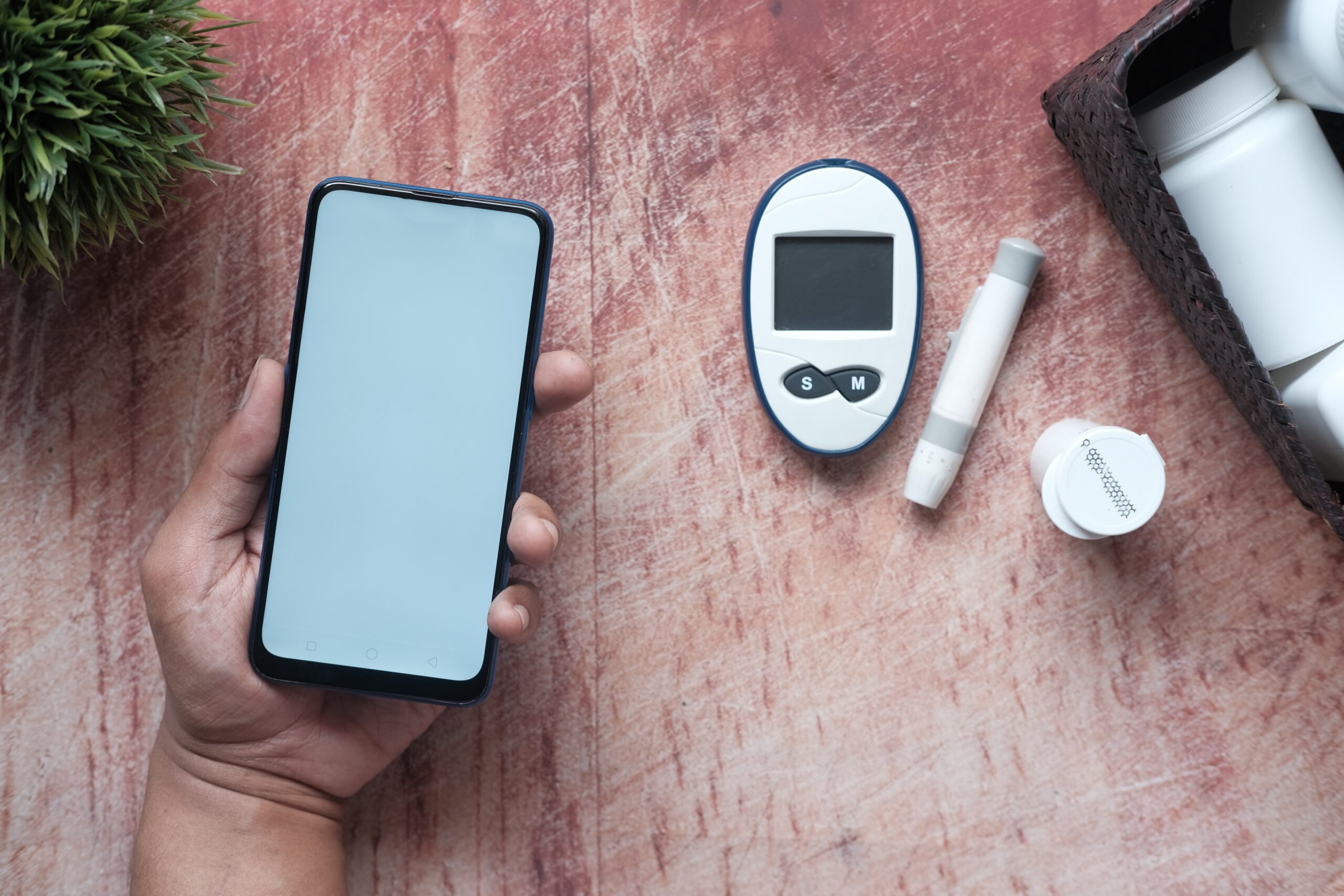As I look back on old pictures, I can’t help but reflect on my time spent at Camp Huronda a few summers ago. Camp Huronda is located on the shores of Lake Waseosa in Huntsville, Ontario and owned by Diabetes Canada. This camp allows children and youth living with type 1 diabetes the opportunity to enjoy an authentic camp experience in a medically accommodating environment.
After orientation in June and nearly getting eaten alive by mosquitos, I was skeptical about spending a whole month in the wilderness away from home. Fast forward to July and waking up to a gorgeous waterfront and natural forest in the sun… “work life” couldn’t be better!
Quick Recap:
For those of you who don’t know, type 1 diabetes is an autoimmune disease where the body’s immune system attacks and destroys the pancreatic beta cells responsible for producing insulin. As a result, the body is left without insulin, which is problematic because…
When you eat carbohydrates, your body digests the food and turns it into glucose (aka fuel that provides energy for your body). To be able to use glucose for energy, your body needs insulin. Without insulin, glucose cannot be moved from the blood into your cells for energy; thus, it builds up and can lead to many complications (in the absence of diabetes self-management of course). But for the purpose of my “story”, you just need to understand the relationship between carbs and diabetes. Just think: our body is the CAR, glucose is the GAS, and insulin is the KEY to unlock the gas tank. Okay, moving on.
My role as a dietetic intern:
As a member of the dietary team, I was heavily involved in the management of foodservices. I created a professional yet friendly bond with the head chef as we collaborated to make necessary menu changes that aligned with healthy diabetes guidelines. I also became an expert at navigating nutrient analysis software after analyzing the carbohydrate content of countless recipes. From weighing food to hunting down food labels to solving some crazy math (thank god for my colleagues), this wasn’t easy! We were responsible for posting all of the carb counts before each meal on white boards; this allowed campers to count how many carbs they intended to eat and appropriately bolus the correct amount of insulin. Aside from extensive carb counting, ensuring suitable care of campers with dietary restrictions and allergies was high priority (type 1 diabetes and celiac disease are closely related… not like these kids don’t have enough to worry about already!!) With all these responsibilities in mind (and many more), I started comparing Camp Huronda to all of the summer camps that I attended growing up, which leads me to…
The challenges:
The dietary needs at Camp Huronda were much more demanding than a typical summer camp. Looking back, I praise the chef and kitchen staff for all of their patience, attention to detail, and responsiveness. The chef was approachable and available to answer any questions related to ingredients, food products/labels, recipe yields, menu modifications… you name it!
- At past camps, I ate cookies that slightly differed in size to my peers. At Camp Huronda, each cookie, brownie, or piece of cake that was served for dessert had to be consistent in size or else the carb count varied by piece (a big no no).
- A slight addition of honey to sweeten a recipe was not as easy as it sounds. Because honey is fast acting sugar, we had to consider many characteristics of the recipe. By how many grams of carbohydrate would honey increase the total recipe? Is there enough fat and protein to slow down the absorption of carbohydrate? What about fibre? If the addition of honey does in fact increase the carbohydrate content by a significant amount, is this amount more than necessary for the campers? So many questions!
- While we’re on the topic of carbs… if a food high in carbs (e.g., yogurt, oranges, granola, cheerios, etc.) ran out at the buffet, it wasn’t as simple as “just choose something else”. Unlike other camps, these children had to find an alternative food that was similar in carbohydrate content since they already injected insulin prior to meal service.
What I learned:
As you can see, there was a lot to consider. I realized the importance of verifying food inventory in advance, as well as effective communication with the kitchen staff in order to prevent these problems from occurring. Moreover, I learned about the challenges of living with diabetes and the vigilant attention and support that is required by family and/or a caregiver back home. For many families, the two weeks their child is at camp is the only respite they have from midnight blood sugar testing, precise measuring/weighing of food, and the general worry and anxiety around the safety of their child with type 1 diabetes.
On a brighter note, Camp Huronda showed me a sense of “normalcy” for children living with diabetes. I realized their underlying frustration of feeling different at school, particularly at times when they have to pull out their diabetes supplies. At camp, however, they get a break from feeling this way. They all count their carbs before meals, they all use a measuring cup to scoop their cereal, they all test their blood sugar before partaking in strenuous activities. They are a part of a special community. “I felt able to speak openly about life with diabetes” or “I made friends with others living with type 1 diabetes” are statements that left me inspired. I witnessed these children develop self-esteem and learn new skills to better manage their diabetes. I always strive to help children develop autonomy in managing their health at a young age. At Camp Huronda, I was happy to be a part of many campers’ journey in achieving diabetes milestones.

